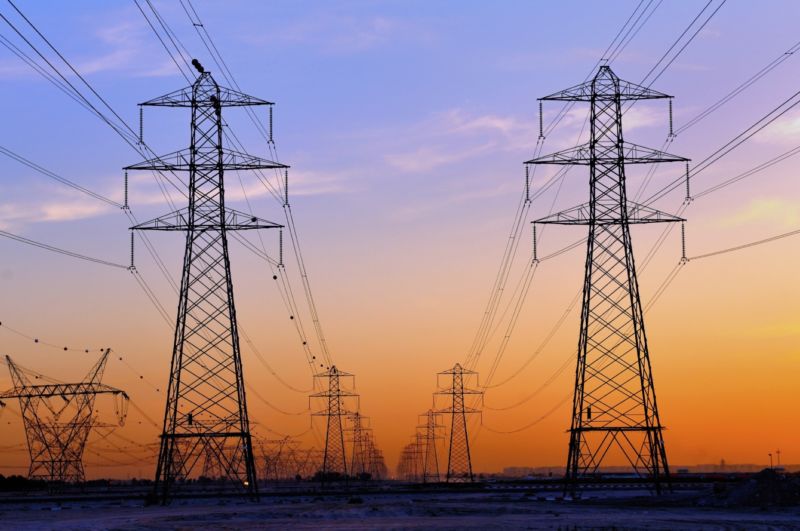We calculated emissions due to electricity loss on the power grid

Enlarge (credit: Lawrence Berkeley Lab)
When it comes to strategies for slowing the effects of climate change, the idea of reducing wasted energy rarely gets a mention. But our recent Nature Climate Change article makes the case that reducing wastage in the power sector, focusing specifically on the grid, can be a critical lever in lowering national emissions.
Inefficient global power transmission and distribution infrastructure requires additional electricity generation to compensate for losses. And countries that have large shares of fossil fuel generation and inefficient grid infrastructure, or a combination of the two, are the predominant culprits of what we call "compensatory emissions." These emissions are the result of the extra electricity-often generated from fossil fuels-required to compensate for grid losses.
We calculated that worldwide, compensatory emissions amount to nearly a billion metric tons of carbon dioxide equivalents a year, in the same range as the annual emissions from heavy trucks or the entire chemical industry. In surveying 142 countries' transmission and distribution infrastructures, we also determined that approximately 500 million metric tons of carbon dioxide can be cut by improving global grid efficiencies.
Read 13 remaining paragraphs | Comments